Princeton researchers report that a new AI model has solved one of the major roadblocks to generating fusion energy.
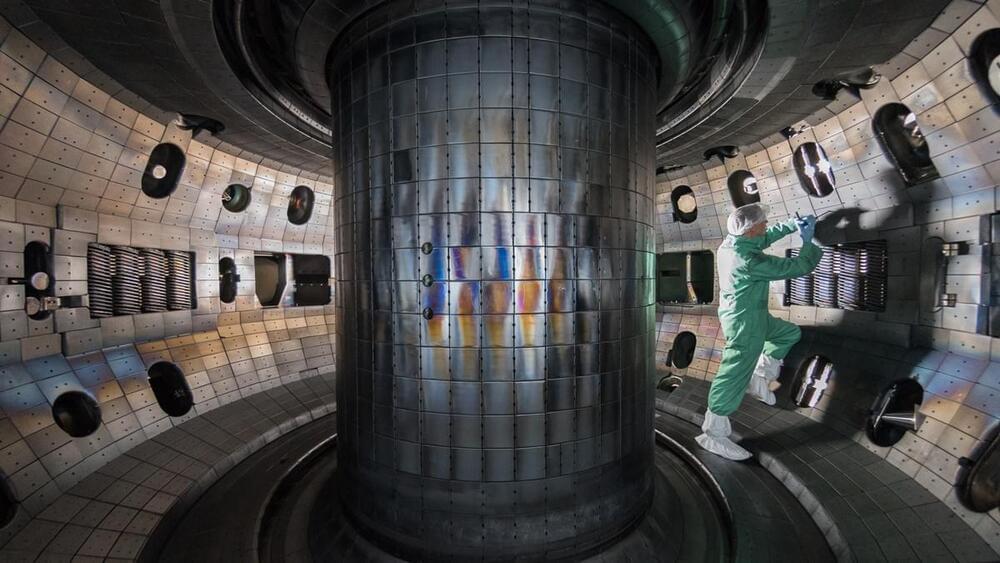


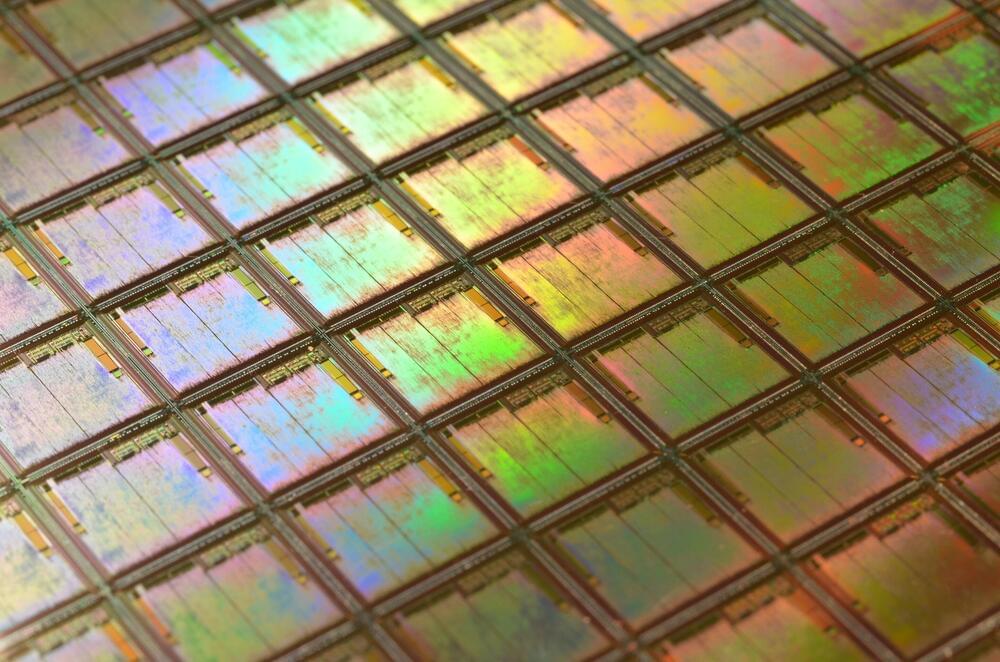
Fashioned from the same element found in sand and covered by intricate patterns, microchips power smartphones, augment appliances and aid the operation of cars and airplanes.
Now, scientists at the U.S. Department of Energy’s (DOE) Princeton Plasma Physics Laboratory (PPPL) are developing computer simulation codes that will outperform current simulation techniques and aid the production of microchips using plasma, the electrically charged state of matter also used in fusion research.
These codes could help increase the efficiency of the manufacturing process and potentially stimulate the renaissance of the chip industry in the United States.
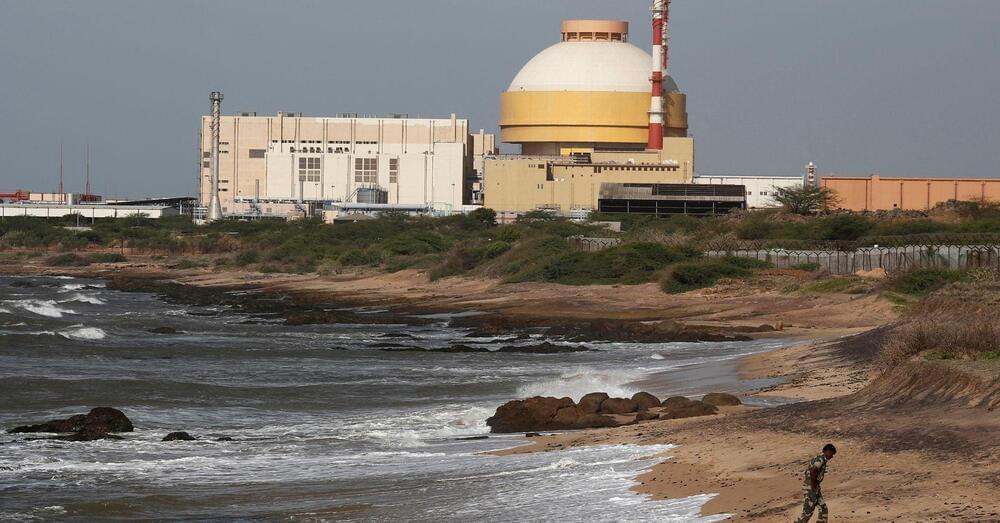
In this study, a novel rapid diagnostic method was developed for optimizing the production of transplutonium isotope through high flux reactor irradiation. The proposed method was based on the concept of “Single Energy Interval Value (SEIV)” and “Energy Spectrum Total Value (ESTV)”, which significantly improved the production efficiency of isotopes such as 252Cf (by 15.08 times), 244Cm (by 65.20 times), 242Cm (by 11.98 times), and 238Pu (by 7.41 times). As a promising alternative to the traditional Monte Carlo burnup calculation method, this method offers a more efficient approach to evaluate radiation schemes and optimize the design parameters. The research discovery provides a theoretical basis for further refining the analysis of transplutonium isotope production, leading to more efficient and sustainable production methods. Future studies could focus on the implementation of energy spectrum conversion technology to further improve the optimal energy spectrum.
The production of transplutonium isotope, which are essential in numerous fields such as military and space technology, remains inefficient despite being produced through irradiation in a high flux reactor. Past studies on the optimization of transplutonium isotope production through irradiation in a high flux reactor have been limited by the computational complexity of traditional methods such as Monte Carlo burnup calculation. These limitations have hindered the refinement of the evaluation, screening, and optimization of the irradiation schemes. Hence, this research aimed to develop a rapid diagnostic method for evaluating radiation schemes that can improve the production efficiency of isotopes such as 252Cf, 244Cm, 242Cm, and 238Pu. The outcome of the study showed great potential in advancing the production of transplutonium isotope, which have numerous applications in fields such as military, energy, and space technology.
The limited production rate of transplutonium isotopes poses a significant challenge in meeting the growing demand for sustaining the nuclear industry (i.e. energy and military). This research provides a sustainable solution to improve the efficiency of transplutonium isotope production through a novel rapid diagnostic method. Thus, it fulfils UNSDG 7 (Affordable and Clean Energy) by providing a sustainable source of energy, as well as UNSDG 9 (Industry, Innovation and Infrastructure) by promoting technological innovation in the nuclear industry, especially for military use.
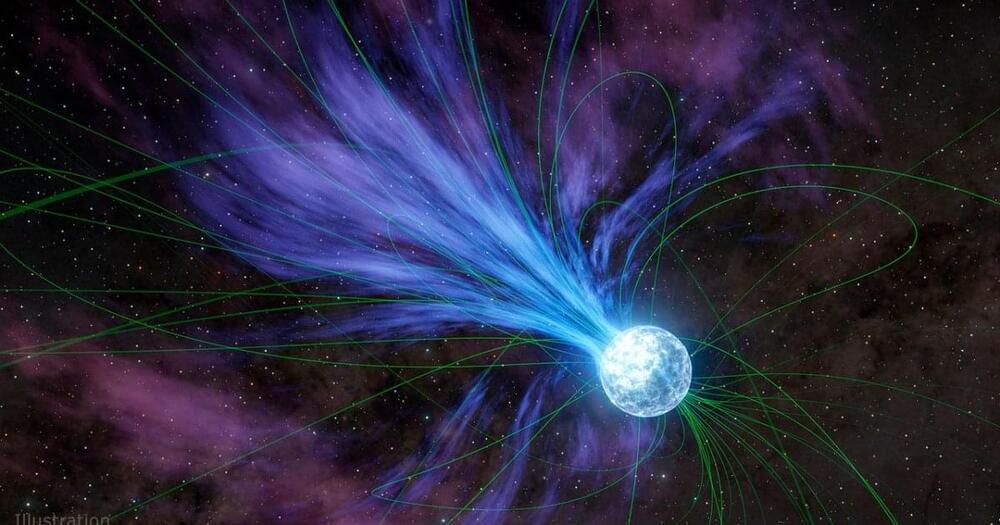
Some of the oddest cosmic phenomena are short but tremendously powerful bursts of radio waves, which, in a fraction of a second, can give off as much energy as the sun does in a year. Known as fast radio bursts, these incredibly bright flashes of energy are thought to be related to dying stars called magnetars. Now, using two separate telescopes, astronomers have observed one of these events just a few minutes before and after it occurred, giving the best look yet at what causes these strange events.
Astronomers used NASA’s NICER (Neutron Star Interior Composition Explorer) on the International Space Station and NuSTAR (Nuclear Spectroscopic Telescope Array) in low-Earth orbit to observe a magnetar called SGR 1935+2154. Magnetars are a type of neutron star, the dense core left behind after a star collapses and with an extremely strong magnetic field. In October 2022, this magnetar gave off one of these strange, fast radio bursts.
This timelapse of future technology begins with 2 Starships, launched to resupply the International Space Station. But how far into the future do you want to go?
Tesla Bots will be sent to work on the Moon, and A.I. chat bots will guide people into dreams that they can control (lucid dreams). And what happens when humanity forms a deeper understanding of dark energy, worm holes, and black holes. What type of new technologies could this advanced knowledge develop? Could SpaceX launch 100 Artificial Intelligence Starships, spread across our Solar System and beyond into Interstellar space, working together to form a cosmic internet, creating the Encyclopedia of the Galaxy. Could Einstein’s equations lead to technologies in teleportation, and laboratory grown black holes.
Other topics covered in this sci-fi documentary video include: the building of super projects made possible by advancing fusion energy, the possibilities of brain chips, new age space technology and spacecraft such as a hover bike developed for the Moon in 2050, Mars colonization, and technology predictions based on black holes, biotechnology, and when will humanity become a Kardashev Type 1, and then Type 2 Civilization.
To see more of Venture City and to access the ‘The Future Archive Files’…
• Timelapse of Future Technology (Master List)
• Encyclopedia of the Future (Entries)
…visit my Patreon here: / venturecity.
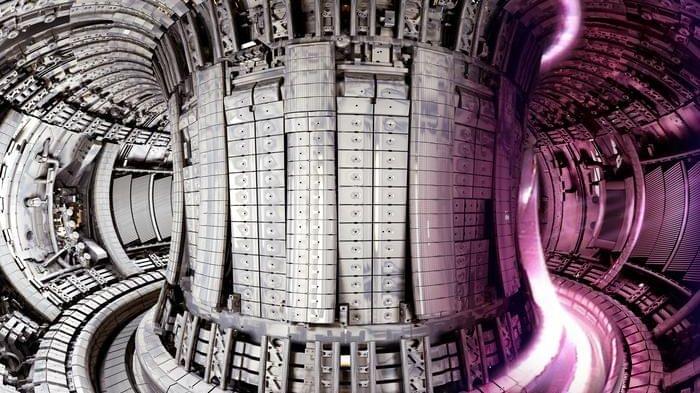

Cells in the human body contain power-generating mitochondria, each with their own mtDNA—a unique set of genetic instructions entirely separate from the cell’s nuclear DNA that mitochondria use to create life-giving energy. When mtDNA remains where it belongs (inside of mitochondria), it sustains both mitochondrial and cellular health—but when it goes where it doesn’t belong, it can initiate an immune response that promotes inflammation.
Now, Salk scientists and collaborators at UC San Diego have discovered a novel mechanism used to remove improperly functioning mtDNA from inside to outside the mitochondria. When this happens, the mtDNA gets flagged as foreign DNA and activates a cellular pathway normally used to promote inflammation to rid the cell of pathogens, like viruses.
The findings, published in Nature Cell Biology, offer many new targets for therapeutics to disrupt the inflammatory pathway and therefore mitigate inflammation during aging and diseases, like lupus or rheumatoid arthritis.
Nuclear fusion is a great idea, in principle. In principle, it could solve the energy worries of the world beautifully. The problem is that whenever we’ve tried, getting nuclear fusion to work takes up more energy than it creates. But a team from Japan and the United States just got us a bit closer to our dream of clean energy. They recently succeeded in controlling nuclear plasma in a stellarator by creating a virtual twin. What’s a stellarator, what is digital twin and what did they actually do? Let’s have a look.
The new paper is here: https://www.nature.com/articles/s4159…
🤓 Check out our new quiz app ➜ http://quizwithit.com/
💌 Support us on Donatebox ➜ https://donorbox.org/swtg.
📝 Transcripts and written news on Substack ➜ https://sciencewtg.substack.com/
👉 Transcript with links to references on Patreon ➜ / sabine.
📩 Free weekly science newsletter ➜ https://sabinehossenfelder.com/newsle…
👂 Audio only podcast ➜ https://open.spotify.com/show/0MkNfXl…
🔗 Join this channel to get access to perks ➜
/ @sabinehossenfelder.
🖼️ On instagram ➜ / sciencewtg.
#sciencenews #science #technews #tech